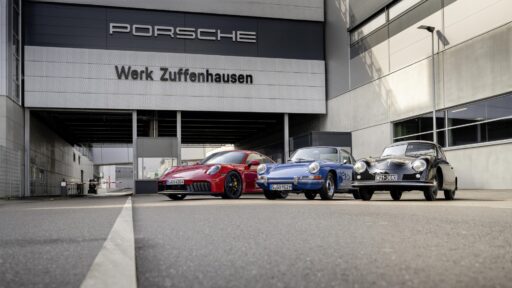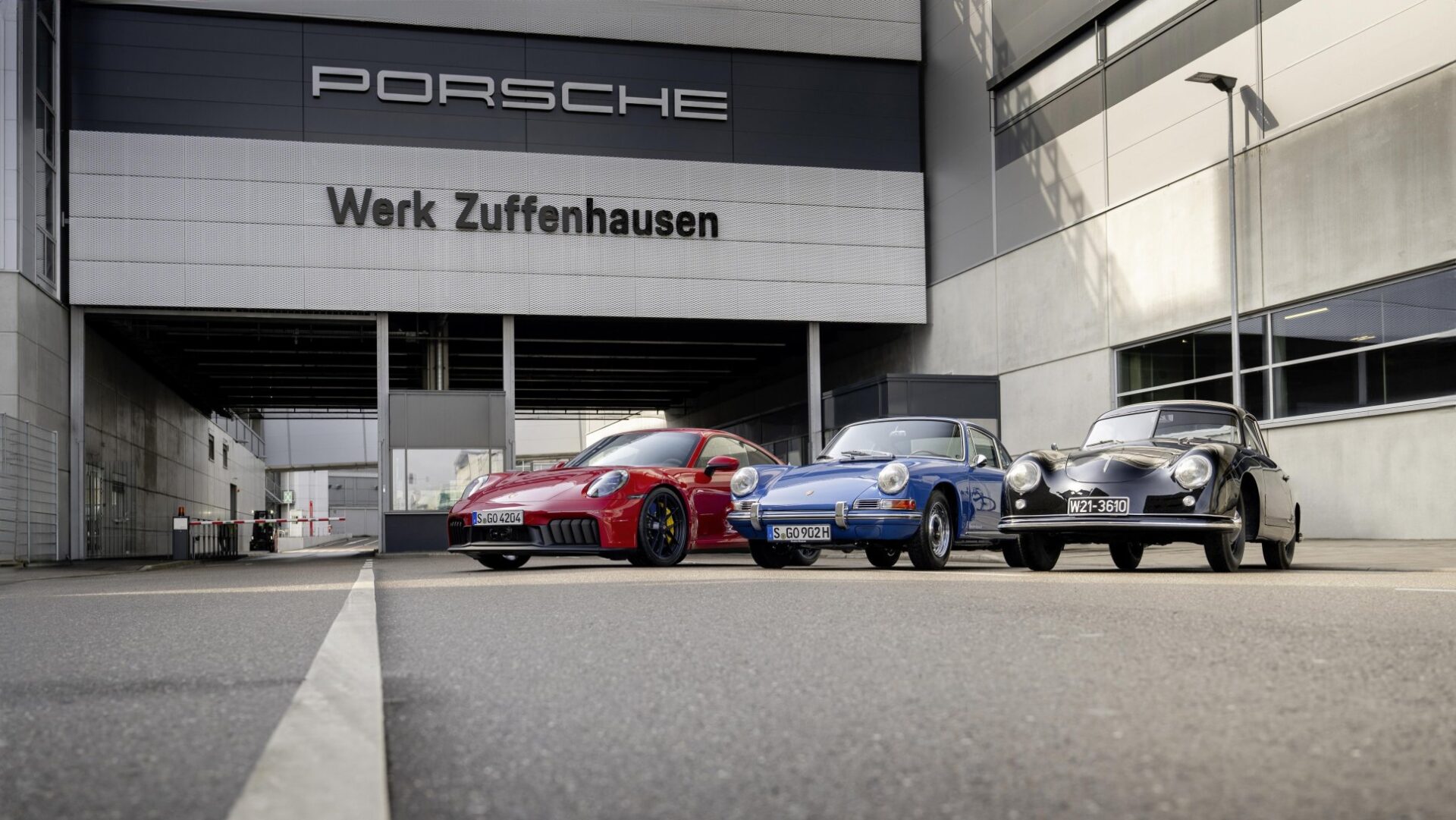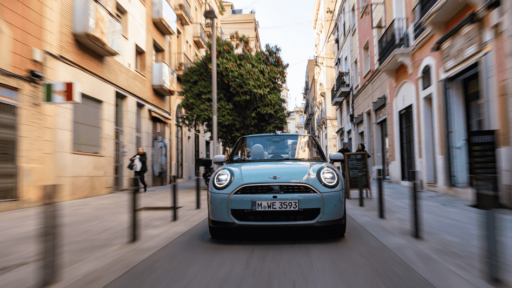April 6, 2025 marks a historic milestone for Porsche, as the company celebrates 75 years of production in Zuffenhausen, where the first German-built Porsche 356 rolled off the line in 1950.
That car was the beginning of what would become one of the most iconic automotive legacies in the world, with the Zuffenhausen site growing from modest beginnings into the brand’s high-tech hub of performance, craftsmanship, and innovation.
READ MORE: Rolls-Royce Unveils Bespoke Phantom ‘Cherry Blossom’ Inspired by Hanami

A Legacy Forged in Stuttgart
What started as a post-war return to Stuttgart quickly turned into a defining chapter for Porsche. After a brief stint producing the earliest 356s by hand in Austria, the company shifted operations to Zuffenhausen, where the first 356 was completed on April 6, 1950. Initial production was modest—just 317 cars by the end of that year—but rising demand, racing success, and early export popularity fueled rapid growth.
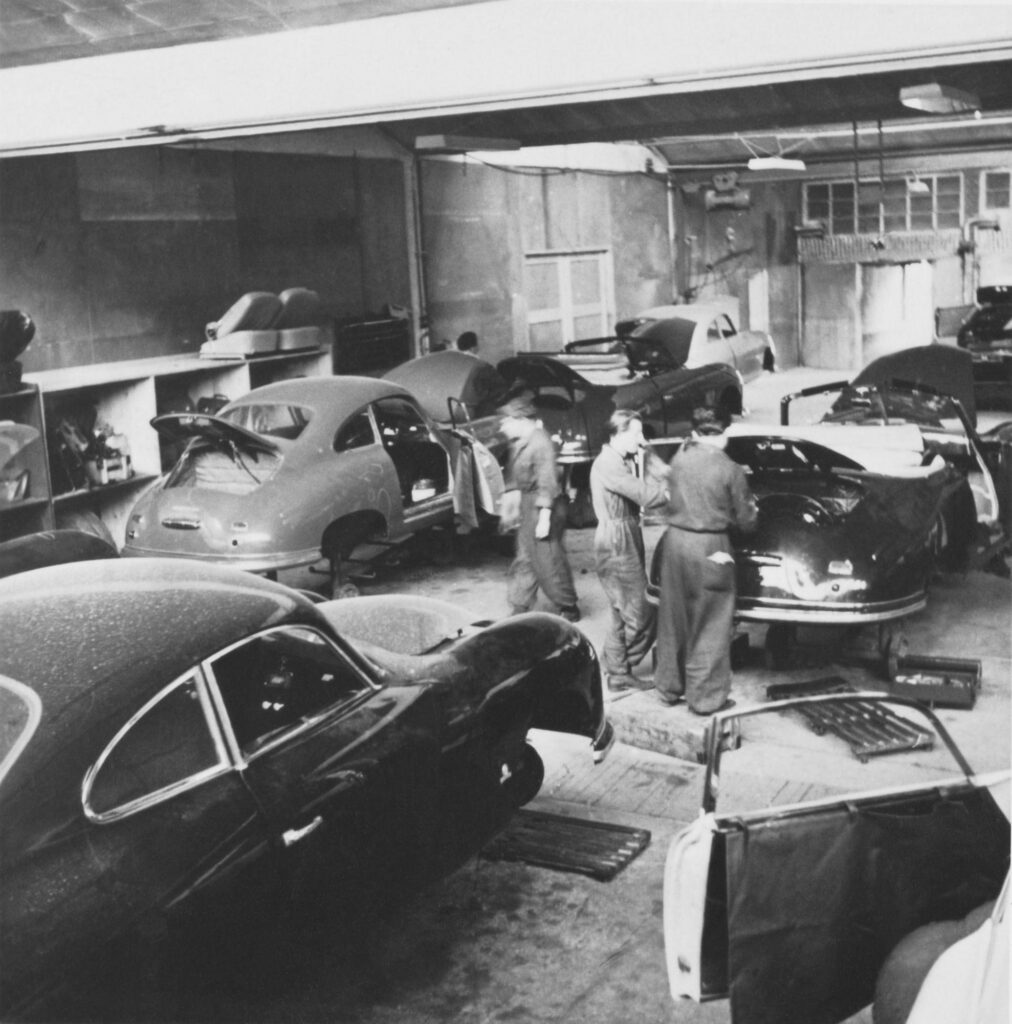
By 1963, Porsche had fully acquired the neighboring Reutter body shop and launched production of the now-legendary 911, originally designated as the 901. The 911 has remained in continuous production in Zuffenhausen ever since, forming the backbone of the brand’s identity and engineering excellence.

A Culture of Craftsmanship and Innovation
Even in the 1950s, Porsche embraced flexible, variant-rich production on shared lines—an approach still used today. From the earliest 356 Coupés, Cabriolets, and Speedsters, to modern-day 911 GT3 RS and Taycan variants, Zuffenhausen’s strength lies in blending mass production efficiency with hand-finished precision. Saddlery work, interior detailing, and final assembly remain core areas where skilled artisans bring each car to life.
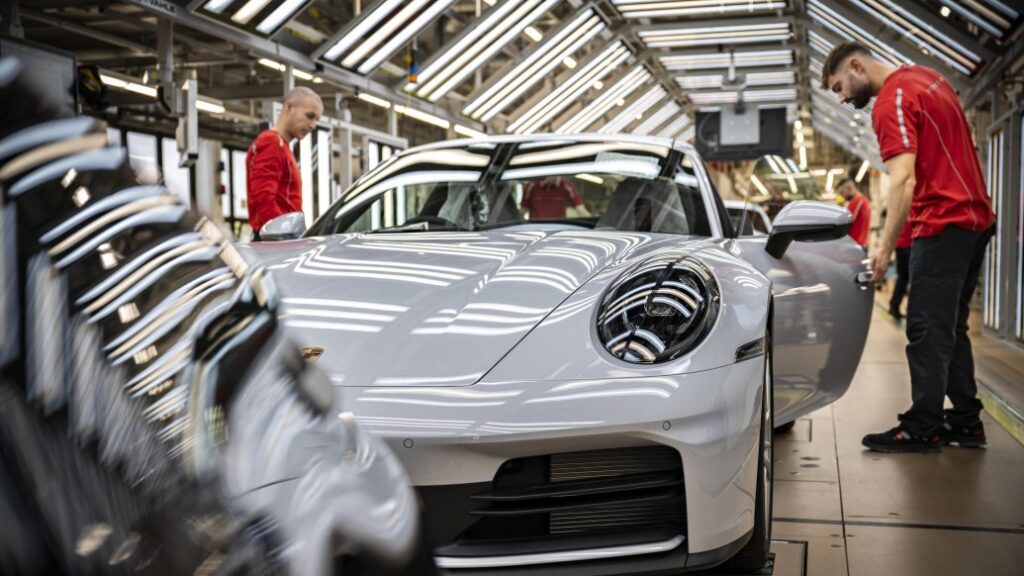
In the 1980s, capacity expansions led to the construction of Werk 5 with its now-iconic conveyor bridge carrying bodies across Schwieberdinger Strasse. These constant adaptations have enabled Zuffenhausen to remain at the forefront of production excellence.
The Electric Era and Today’s Milestones
The dawn of electric mobility brought another revolution. Porsche prepared Zuffenhausen for the Taycan, its first all-electric sports car, with the creation of a dedicated body shop, paint shop, and modular assembly hall.
The launch in 2019 marked a defining moment as Porsche demonstrated that electric vehicles could carry the same design, dynamics, and emotional connection as their combustion counterparts.
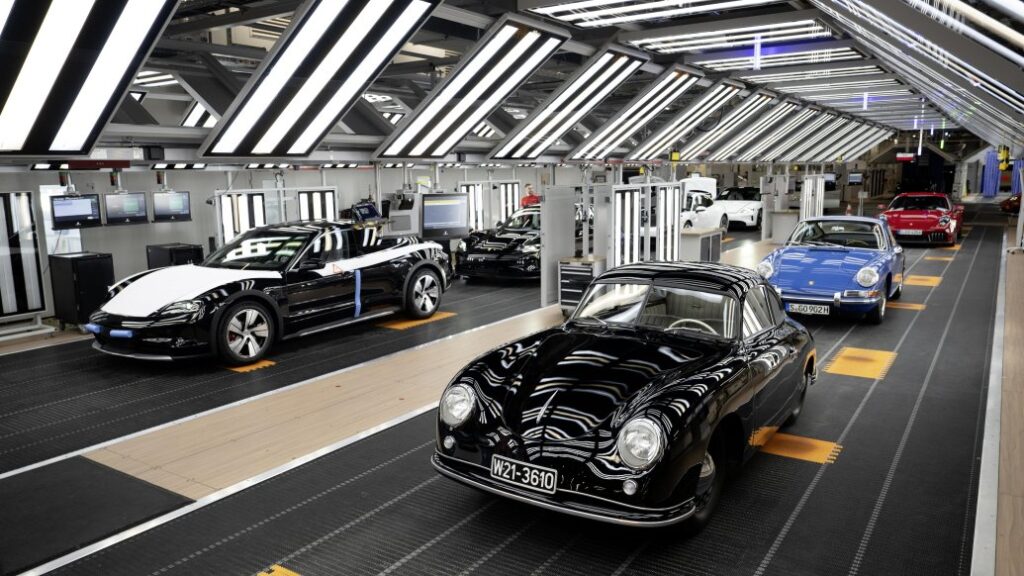
In 2025, Zuffenhausen is not only home to the 911 and Taycan, but also serves as the manufacturing base for the Macan Electric’s motors, all boxer engines, and V8 engines for Porsche’s four-door performance models.
It also houses the Porsche Exclusive Manufaktur, Sonderwunsch, and CFRP Manufaktur departments—where vehicles are extensively customized, one-offs are created, and lightweight carbon-fiber components are crafted by hand.
A Symbol of Porsche’s Future
“Zuffenhausen is and remains the home of our sports cars,” emphasizes Albrecht Reimold, Executive Board Member for Production and Logistics. “This is where we produce cars that fascinate the world – with a production that has been combining craftsmanship and engineering skills for 75 years.”
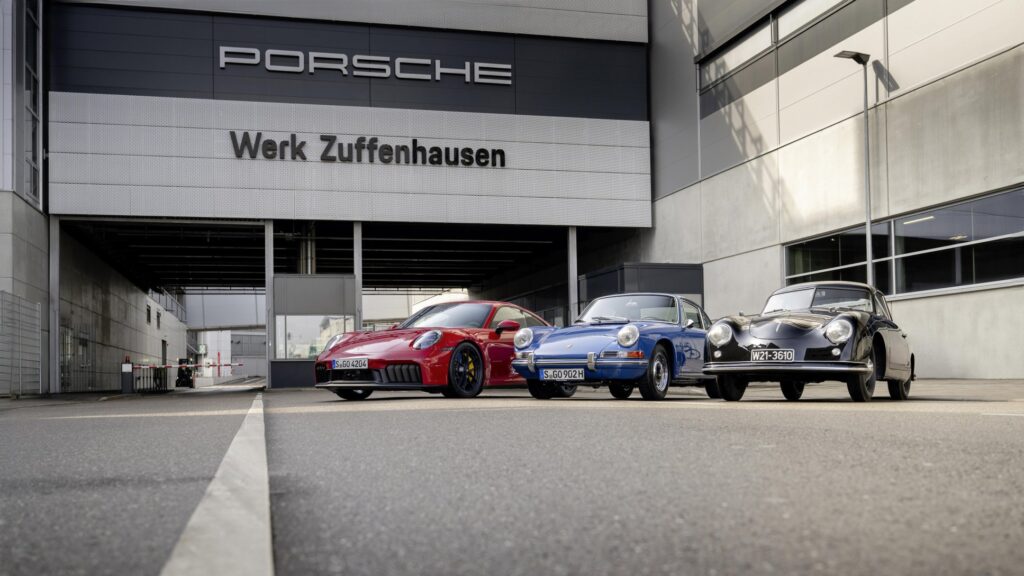
As Porsche continues to push forward with new technologies, electric mobility, and sustainable manufacturing, the Zuffenhausen plant stands as a living embodiment of Porsche’s commitment to blending tradition with progress. The 75th anniversary is not just a look back at an extraordinary journey—but a confident stride into a future shaped by the same obsession with excellence that began with a single 356 in 1950.
READ MORE: Lamborghini Temerario Unveiled: Speed Meets Sculpture with Filippo Magnini
Subscribe today for the freshest car news delivered to your inbox
